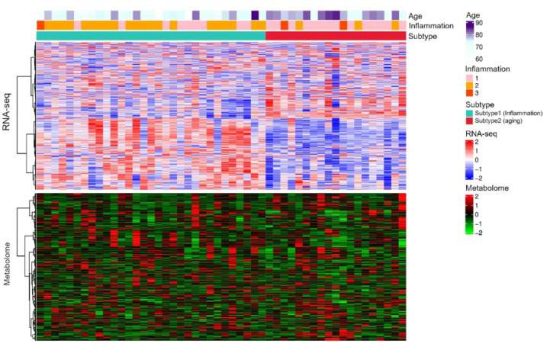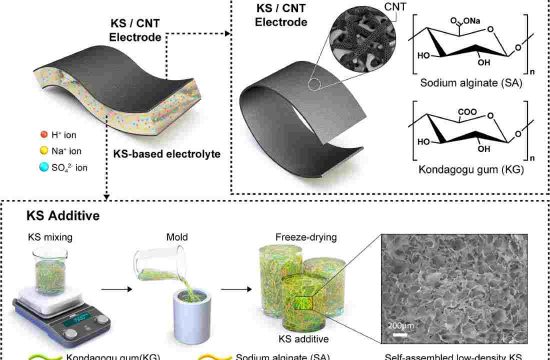
When a nationally prominent oncologist said “drugs cost too much” during a high-profile speech at the annual meeting of the American Society of Clinical Oncology recently, no one was particularly shocked. The cost of new cancer drugs regularly exceeds $8,000 per month per patient. The cost of new pharmaceuticals in general has been skyrocketing in the U.S., and is a significant reason health insurance premiums are rising faster than inflation.
Here Lisa Holle, assistant clinical professor of pharmacy practice at UConn and past president of the Hematology/Oncology Pharmacy Association, explains how drug prices are set and discusses some of the efforts to rein them in.
How are drug prices set?
Several factors are considered when developing a drug price. Is it the first drug to treat a specific disease? If it is more effective or has fewer side effects than other drugs that treat the same condition, then its medical value might be perceived as higher and therefore it has a higher value. Another factor is the cost of drug production. Most biologics [products from a natural source, such as insulin, as distinct from most drugs, which are chemically synthesized], new cancer drugs, and other injectable drugs tend to require $250 million to $1 billion to produce, including clinical trials and manufacturing process. Also indirect costs are considered. For example, does the new drug reduce the cost of care, or reduce the need for other treatments the patient might have been using? Is quality of life improved that might allow a patient to return to work? Another consideration is, will stakeholders pay for it? Will patients pay for it? Will insurers pay for it? Typically, insurance companies do not pay for the whole cost of a drug. Usually a patient has a copay, which can be up to 30 percent of the drug cost. For a high-cost drug, that copay can be a significant amount for a patient, especially when the average U.S. income is only just above $50,000 a year. Once there’s a precedent, then all of the company’s competitors tend to come out with those prices, because they believe the market can support it.
Sovaldi, an anti-hepatitis C drug developed by Gilead, drew national attention in 2014 when its $84,000 price tag for 12 weeks of treatment was revealed. Is Sovaldi exceptional, or a sign of things to come?
Sovaldi was the first hepatitis C drug that was priced so expensively. But $84,000 [for three months] is not a unique or exceptional price any longer. Other drugs have come to market since then for other diseases that have similar or higher pricing (e.g., $200,000 a year). Many are for diseases considered to be rare. When you have a disease that’s uncommon, drug costs can be slightly higher because it costs more money to develop and research those drugs. Also the pharmaceutical company or the population in general might consider the medical value of a drug for an orphan disease to be higher than a drug for a disease that affects many people, because there usually aren’t many options for orphan diseases. And when you consider cancer drugs, this sort of pricing isn’t uncommon. Since 2014, every new drug approved for cancer is priced at over $120,000 a year.
Are cancer drugs always expensive?
Good question. Over the last 15 years, there’s been a 5- to 10-fold increase in the price of cancer drugs. Some cancer drugs have been around for 40, maybe 50 years. Those drugs are much less expensive and they’re generically available. The cost of most generic drugs approved before 2000 ranges from about $150 to $5,000 a month. Whereas now, prices for newly approved cancer drugs range from $8,000 a month to $40,000 a month. Obviously the new drugs approved by the FDA are trademarked or brand drugs, and those are always more expensive than generics. But since the brand drugs are starting out so much more expensive these days, it’s likely that when they become generic they’ll still be hugely expensive compared to these traditional cancer drugs.
Some states, though not yet Connecticut, are capping patients’ out-of-pocket costs for drugs. Is this a constructive response?
I’m not sure it is constructive. I am a strong supporter of lowering patient’s out-of-pocket costs, but when you enact legislation that limits patients’ out-of-pocket costs, it is important to consider the possible downstream effects. If a state caps the patient’s out-of-pocket drug costs, then insurers in that state may decide that they can’t afford that drug, so they then don’t make that drug available.
What might be some other options?
Insurers are pushing back. For example, UnitedHealth’s pharmacy benefits company, OptumRX, is negotiating performance-based deals with manufacturers, trying to make sure that a drug performs as advertised. If it doesn’t, they want a refund. How that’s actually going to play out will be interesting.
Insurers are also trying to demand discounts from manufacturers. If there’s more than one drug that is equally effective, they might choose to have just one as their primary drug on formulary [an official list of medicines that can be prescribed], and they will try to negotiate a discount.
Recently a group of leading cancer experts published a paper in the Mayo Clinic Proceedings, voicing their concerns and recommendations on how to address high-cost drug pricing. They recommended several mechanisms. One would be for the FDA to develop a post-approval process where the manufacturer proposes fair price recommendations based on value to the patient and the health care system. Another would be to have nonprofit agencies evaluate the value of treatments, including drug prices. Limiting a drug company’s ability to delay the introduction of generics to the market is one of the other strategies the group recommended. The last strategy suggested by this group is to allow importation of drugs from other countries. For example in Canada, Sovaldi is only $55,000. In Egypt, it’s only $900. As a pharmacist, I do not agree with importation. The reason I say that is because the U.S. has very good guidance on manufacturing processes. When we import drugs from another country, we have no jurisdiction over how the manufacturing process occurs. What we don’t want to have happen is to have something that is purported to be a certain drug be allowed to be used, and then find out it really isn’t that drug or it’s unsafe. That being said, why are drug prices so much less expensive in other countries?
Is there anything a state like Connecticut can do on its own?
Connecticut is one of 34 states that has legislation that requires the patient’s out-of-pocket cost for orally taken cancer drugs to be no more than one that is administered intravenously. That legislation has been very effective. It would be more effective if we had legislation like that on the federal level. As of now, federal legislation has been introduced but not passed.
Source: University of Connecticut








